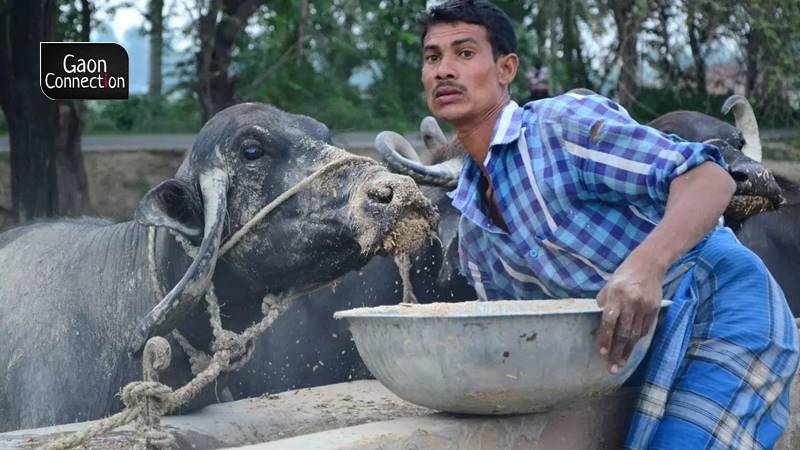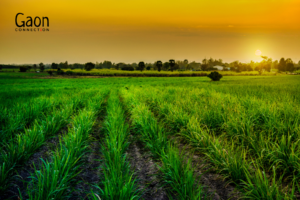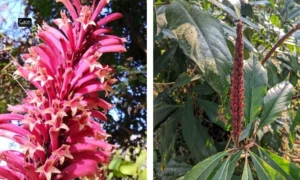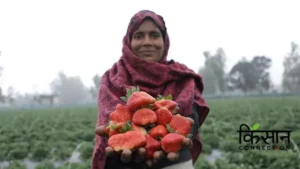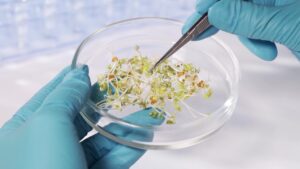A sizable population of the country is involved in rearing cattle. The number of livestock is also increasing to keep up with the demand. However, there remains the problem of insufficient fodder for the cattle.
In India, a negligible portion of land is devoted to growing fodder for the cattle. Presently, there are 535.78 million cattle in the country. Between 2012 and 2019 there has been a 4.6 per cent growth recorded in the cattle population.
While about 14-17 per cent of land should be devoted to raising fodder, only four per cent is currently under fodder cultivation. There is a huge gap between demand and supply in fodder. Going by the number of cattle in the country, it is feared that by 2025, there will be a 23 per cent shortage of dry fodder, 39 per cent of green fodder and 38 per cent of mixed grains needed as cattle feed.
Also Read: Costly fodder adds to the woes of cattle farmers as they were already struggling to sell milk
Cattle rearers in the predominantly milk producing states such as Uttar Pradesh, Rajasthan, Haryana, Punjab, Madhya Pradesh, etc., are struggling to procure sufficient fodder for their livestock.
Eighty seven per cent of the farmers in the country fall within the small and marginal farmer category, and therefore they are unable to grow their own cattlefield. Most dairy farmers are those who own no land of their own, and cannot grow their own fodder.
Green fodder has always been in short supply. And a combination of green fodder, grains as well as dry fodder is necessary for the cattle to yield better milk, bear better calves, etc.
Rising cost of fodder
The wheat chaff that was once easily available to cattle rearers to feed their animals is no longer as easily available and they are being forced to feed their cattle the straw from paddy. The straw was once available to them free to lay on the floor of the cattle sheds so that the cows could lay on them. The rearers also made bonfires of the straw to keep cattle warm in the winters. Now the dairy farmers are buying the straw paying a lot of money for it.
In north India, the wheat chaff costs anything between Rs 1,200 and Rs 1,400 a quintal (1 quintal = 100 kilogrammes). The residue of paddy crops, soya bean and bajra sell between Rs 500 and Rs 600 a quintal, and the expenses of dairy farmers have gone up considerably.
Correspondingly, the dairy farmers are not earning as much income from the milk.
This year, the country has seen unprecedented rains, droughts, floods, etc., that have impacted agriculture and farmers across the states. The torrential rains in the country destroyed acres of standing crops of maize, soybean, and millets that have had an impact on the availability of fodder too.
Also Read: Ground report: Maimed by floods, cattle in flood-hit parts of UP and MP face fodder shortage
And, that is one reason why there is shortage and rise in prices of fodder for the cattle too. Further, the use of harvesters on wheat fields has reduced the volume of chaff available. When the threshing was done by hand there was almost as much chaff produced as there were grains.
Traditionally, in north India, village communities would gather and store fodder for the whole year. However, that practice is dwindling with the advent of modern lifestyle and practices. Also, during the harvest, traders buy the chaff and other crop residue at cheap rates and store them. When there is a shortage of fodder and cattle feed after the monsoons, they sell the hoarded feed at high rates for profit.
There is a need to address the problem of inadequate supply of cattle feed if the dairy farmers in the country are to increase the yield of milk. Governments, scientists, dairy farmers and farmers should get together to find a permanent solution to this problem.
Alternative sources of fodder have to be found. Research and development has to be undertaken to use the foliage from drumstick and Subabul trees as fodder, besides finding ways to cultivate napier grass, millets, etc. as alternative sources of cattle feed. Cheaper and more low maintenance vegetation should be identified that could help feed the cattle.
Also Read: Milked Dry: Dairy farmers in Madhya Pradesh protest
Non agricultural lands should be used to grow fodder. Seed banks and fodder banks should be created. Only when the scientist community and the community of farmers with the support of the government put their heads together, will the problem of fodder and cattle feed be solved.
Satyendra Pal Singh is principal scientist at the Krishi Vigyan Kendra, Shivpuri, Madhya Pradesh. Views are personal.
Read the story in Hindi

